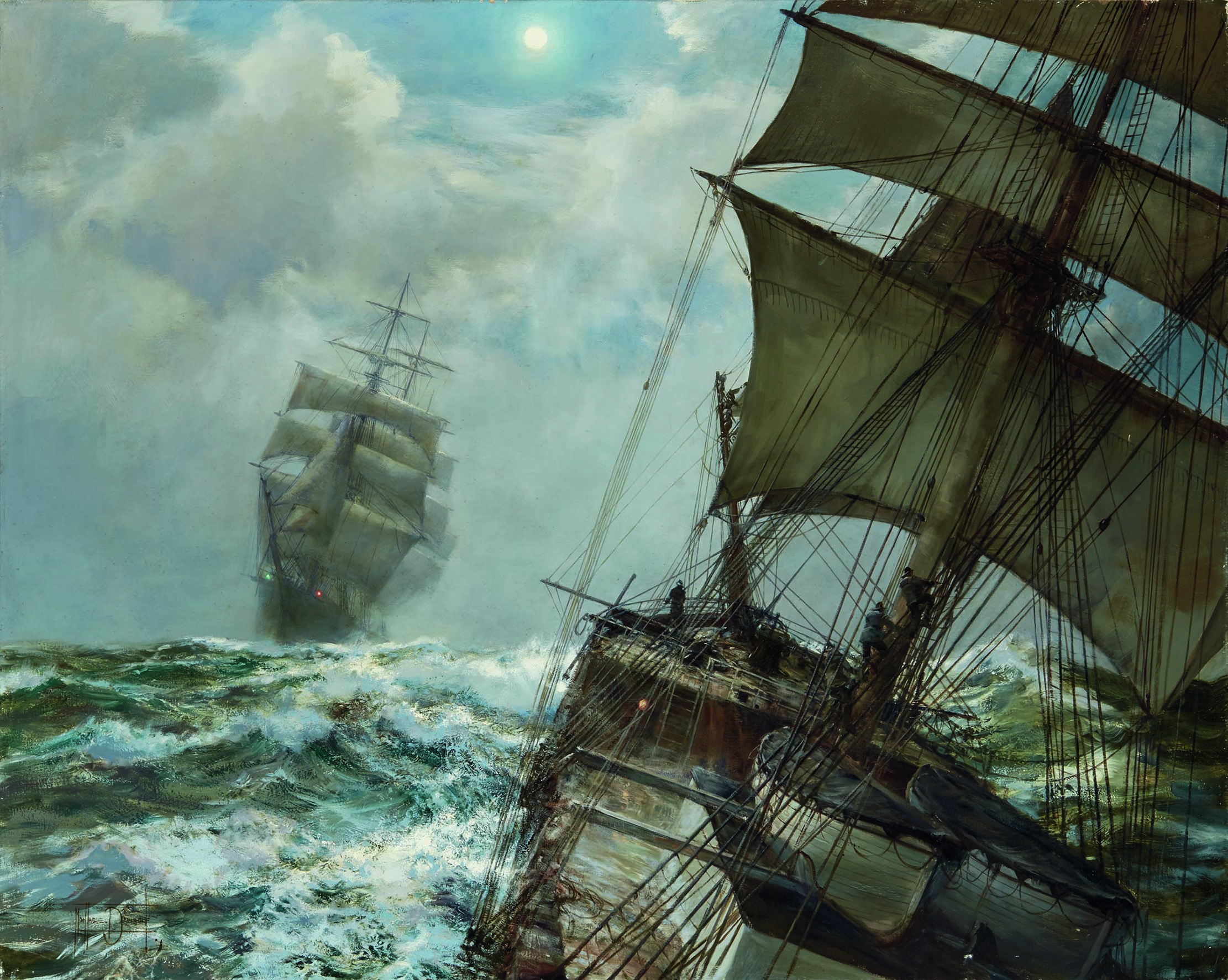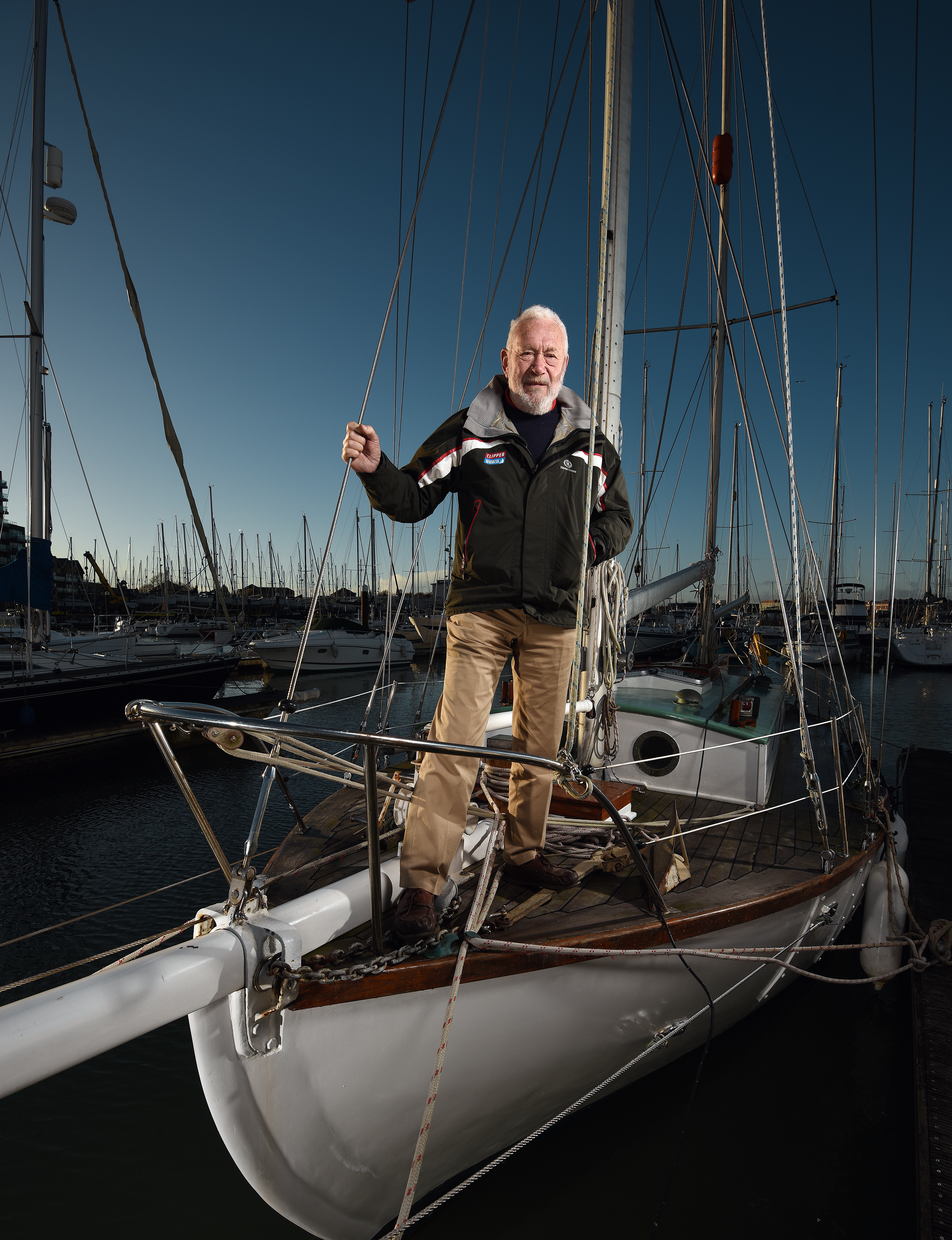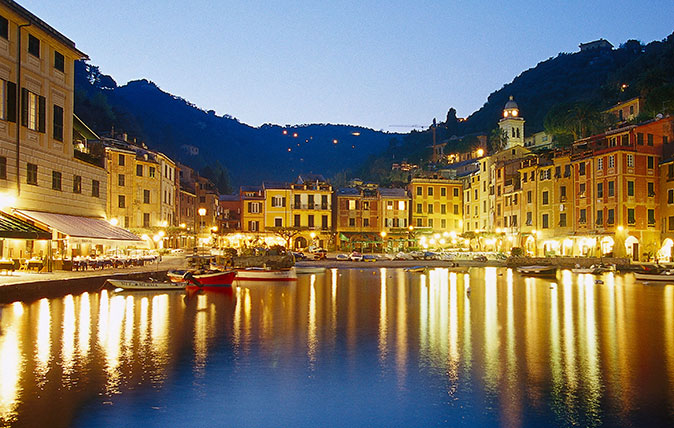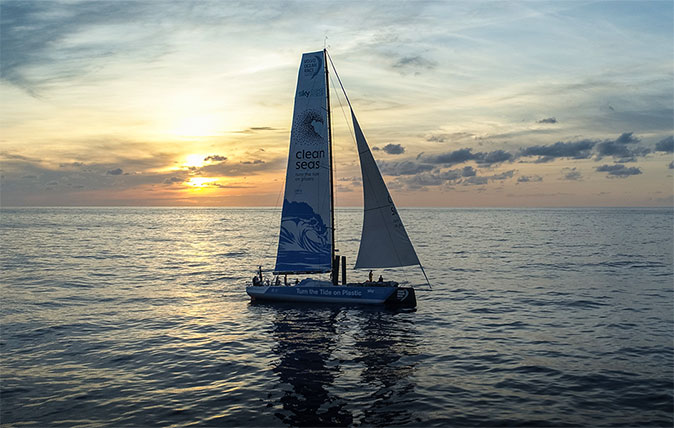My Favourite Painting: Robin Knox-Johnston
Record-breaking yachtsman Robin Knox-Johnston chooses a seafaring picture of enormous drama.


Sir Robin Knox-Johnston on Two Clippers –Nocturne by Montague Dawson
‘This painting conjours up the romance of the last great age of sail, when voyages depended on wind, skill and muscle. The two vessels are shown pressing hard in strong winds and heading close enough to hail each other and pass on their positions before the introduction of radios’
Sir Robin Knox-Johnston is a yachtsman. The first person to complete a solo, non-stop circumnavigation of the globe, he published his autobiography, Running Free, last year.

John McEwen analyses Two Clippers
To be a marine artist was in Montague Dawson’s blood. His grandfather, Henry Dawson (1811–78), was best known for marine pictures; his father was a sea captain and yachtsman. In middle age, John Ruskin’s encouragement was all that kept him going, but, after a climactic retrospective, he wrote: ‘My pictures delighted me. I don’t think the work of any landscape painter living or dead could be put in competition with them.’
On leaving school, he worked in London for a commercial art studio until volunteering for the Royal Navy in 1914. It took him to Falmouth, where he found time to have lessons with the marine artist Charles Napier Hemy (1841–1917), a Royal Academician and his principal influence.
At the war’s end, he witnessed the surrender of the German High Seas Fleet in Scapa Flow and illustrated the event for The Sphere. He made his reputation between the World Wars and was an official war artist in the Second World War.
Dawson specialised in the great age of sail, which, like that of the stagecoach, was surprisingly short. Clippers were very fast sailing ships in the mid 19th century. Square-rigged, most commonly with three masts, they delivered limited bulk freight globally until replaced by steam ships. Their boom years were fuelled by the demand for tea from China and gold from California and Australia.
This picture displays Dawson’s pride in accuracy. The pitch of the foreground ship emphasises the narrowness of the deck, the three figures her scale, the lookout in the prow straining towards the dimly discernible lights in the sister ship. This atmospheric nocturne made £200,000 at auction in 2017.
Sign up for the Country Life Newsletter
Exquisite houses, the beauty of Nature, and how to get the most from your life, straight to your inbox.

Credit: Alamy
The 10 most beautiful marinas in Europe, from Scotland to Sardinia
With their beautiful locations and state-of-the-art facilities, these exclusive marinas offer the best for yacht owners and sailing enthusiasts.

The Volvo Ocean Race: Waves the height of houses, plastic-strewn oceans – and what it's like to be on board
Country Life is unlike any other magazine: the only glossy weekly on the newsstand and the only magazine that has been guest-edited by HRH The King not once, but twice. It is a celebration of modern rural life and all its diverse joys and pleasures — that was first published in Queen Victoria's Diamond Jubilee year. Our eclectic mixture of witty and informative content — from the most up-to-date property news and commentary and a coveted glimpse inside some of the UK's best houses and gardens, to gardening, the arts and interior design, written by experts in their field — still cannot be found in print or online, anywhere else.
-
 The thrillingly bleak Devon house that inspired The Hound of the Baskervilles is now part of a peaceful farmyard retreat
The thrillingly bleak Devon house that inspired The Hound of the Baskervilles is now part of a peaceful farmyard retreatFowlescombe Farm near Ivybridge, in Devon, is a ‘complete retreat from everyday life’ — and the rumoured inspiration for one of the best known and loved Sherlock Holmes stories.
-
 One puffin, two puffin, three puffin, four: The National Trust’s puffin count gets underway on the Farne Islands
One puffin, two puffin, three puffin, four: The National Trust’s puffin count gets underway on the Farne IslandsThough the islands' shags and terns are in decline, its puffin population has been growing — and the trust is streaming a live recording of their burrows.